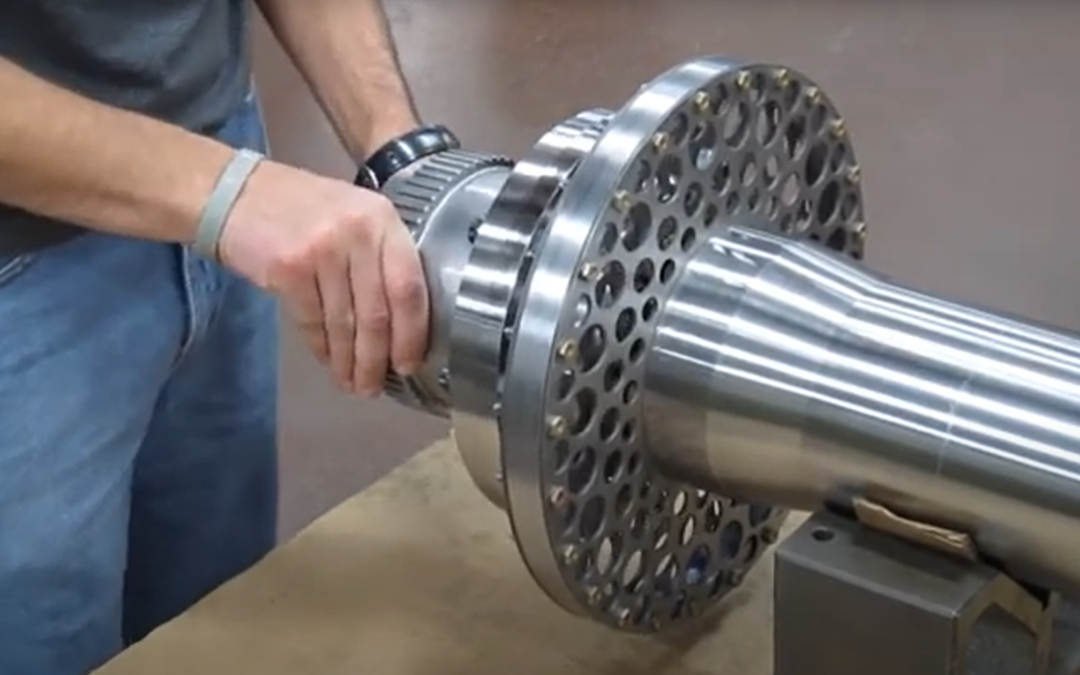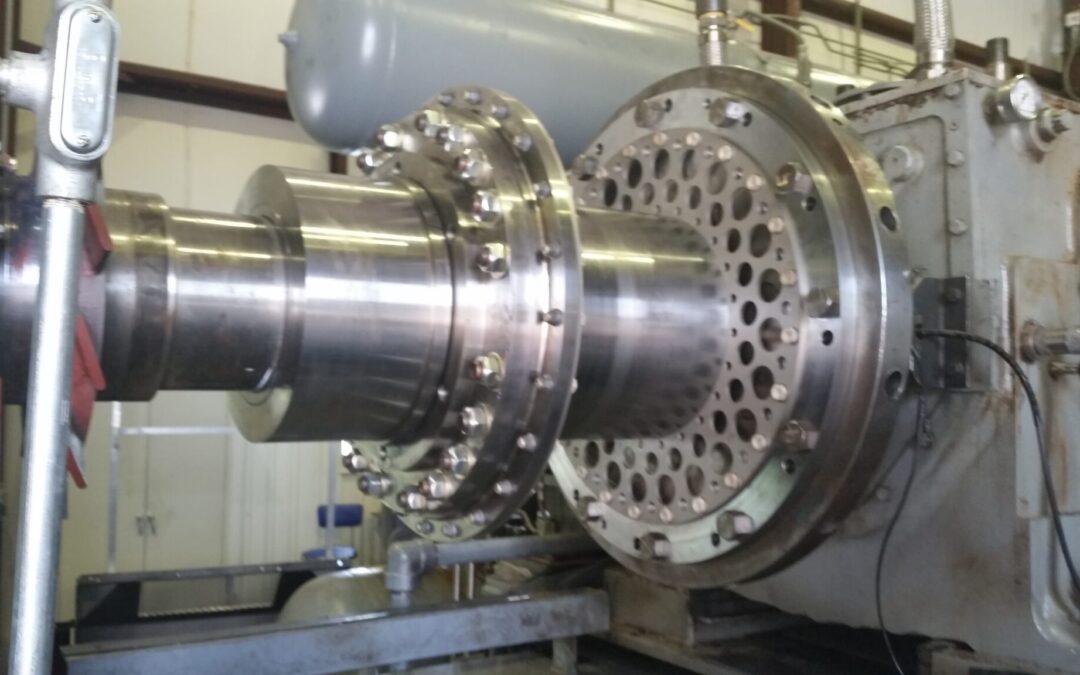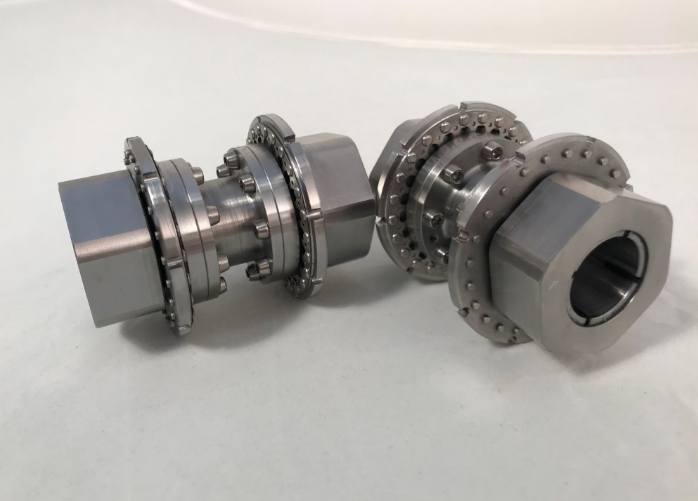
by Jim Anderson | Jul 19, 2024 | FLEXXOR Couplings, High Misalignment
Precision machinery and coupling alignment is an indispensable aspect of machinery maintenance, ensuring optimal performance and longevity of industrial equipment. Couplings are critical components that transmit power between two shafts, and their misalignment can...

by Dennis Burger | Feb 27, 2024 | FLEXXOR Couplings
Reduce Coupling Vibration Transmission with FLEXXOR Couplings For years, the equipment owners have lived with excessive vibration generated from gear couplings. This post helps describe why coupling vibrations happen, and more importantly, how the FLEXXOR coupling...

by Jim Anderson | Jun 21, 2023 | FLEXXOR Couplings, Reciprocating Compressor
For several years a gas gathering company dealt with high vibrations on the motor driving a 6 throw, 5400 HP reciprocating compressor. Over that time, they made several attempts to reduce the levels, but none were successful. On the output end of the motor, the...

by Jim Anderson | Jun 21, 2023 | FLEXXOR Couplings
A large industrial manufacturer came to Coupling Corp with a low torque application designed to run at 75,000 RPM. This was no problem for the FLEXXOR coupling. But to make things harder, they wanted the coupling to mount on their straight cylindrical shafts. Normally...

by Jim Anderson | Jun 21, 2023 | FLEXXOR Couplings
When a wind turbine has a coupling failure, it’s a long way up to get a replacement coupling installed. When a wind turbine has a coupling failure and the coupling OEM is on a different continent, it can mean many weeks of downtime. This is precisely what...





